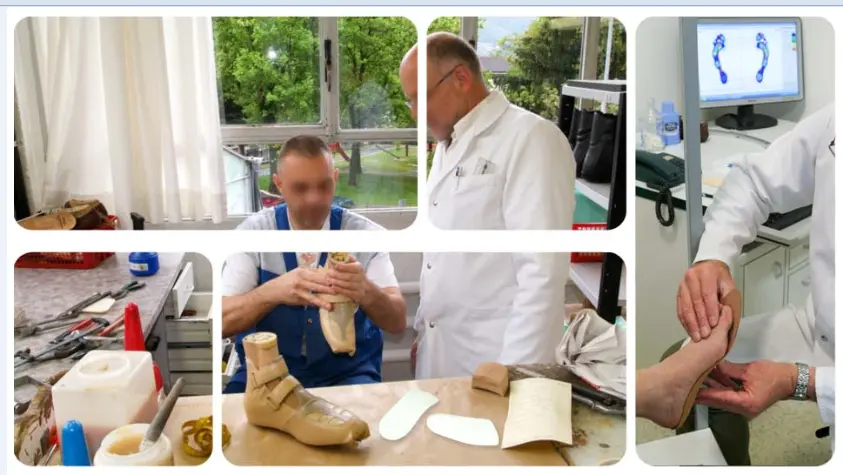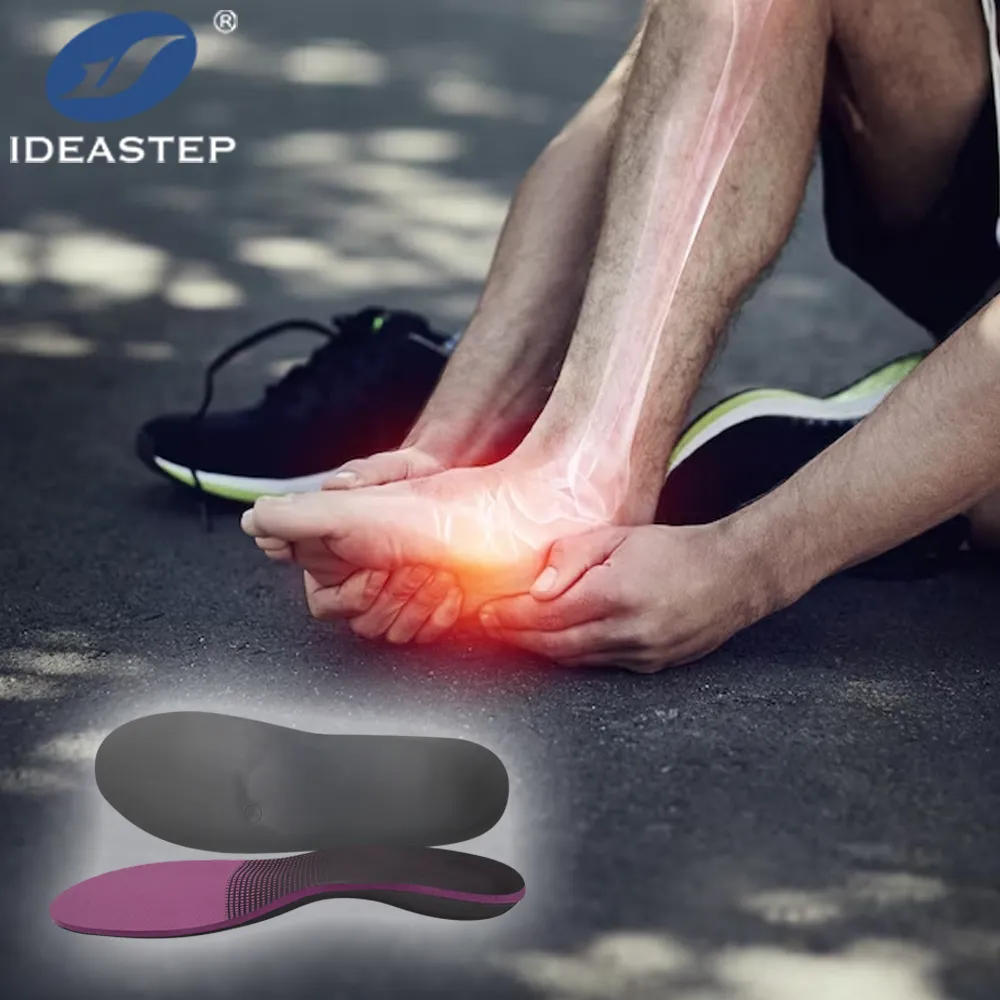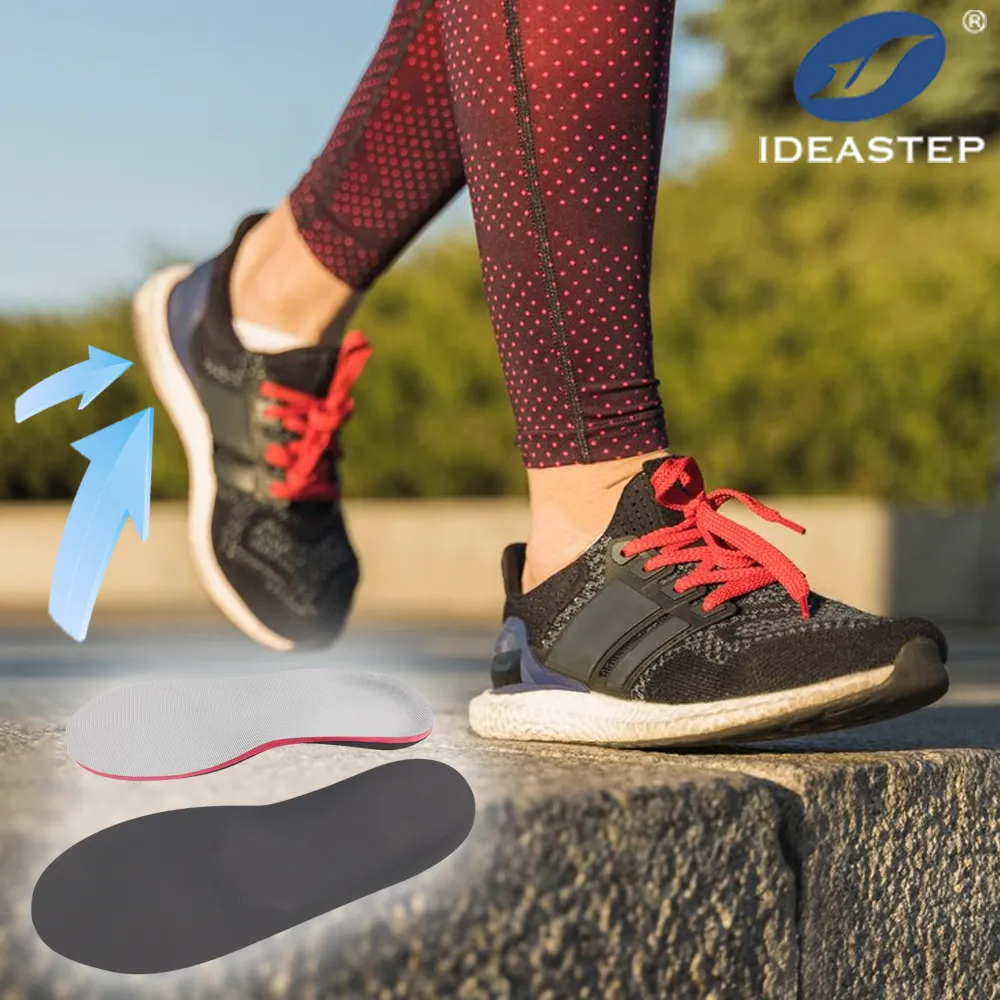Introduction
Orthotic insoles can play a vital role in foot health improvement, alleviation of discomfort, and enhancement of mobility. A good-quality orthotic insole provides immense benefits and customizability, invaluable to better patient care for any business, be it a wholesale distributor, a foot clinic, or a hospital. Let us get into some of the main functions, benefits, and applications of orthotic insoles and why these are a must for professionals looking for an effective foot care solution.

What Are Orthotic Insoles?
Orthotic insoles are, in many cases, customized inserts placed inside shoes to support, align, and cushion the feet. Compared to regular insoles, orthotic insoles are made to correct specific problems involving poor foot mechanics, pain in the joints, or a foot deformity. Due to the nature of providing customized support, these orthotic insoles become perfect for the person who needs special foot care or prevention from foot injuries.
Who Can Wear Orthotic Insoles?
Orthotic insoles are versatile and can be used by quite a large number of people. The broad groups who can benefit and the respective scenarios for those groups are:
Patients with Foot Conditions:
- Flat feet: Takes load off the arches and eases pain caused by pressure.
- Plantar fasciitis: Decrease the tension on the plantar fascia and relieve heel pain.
- High arches: Cushioning effect to absorb impact and reduce foot fatigue.
Active Practitioners:
- Nurses and health workers: Long hours usually lead to leg and foot pain. Insoles help to distribute the weight evenly.
- Retail and service staff: Hours of standing can cause swelling and pain, which insoles help to reduce.
Sports Enthusiasts:
- Runners and athletes: Insoles protect from repetitive strain and reduce the risk of injury during high-impact activities.
Older Adults:
- To provide stability and balance, preventing falls, while providing extra comfort to sensitive feet.
Application Scenarios: Such orthotic insoles help in regular walking, in professional work settings, and during sports activities. They also form part of the rehabilitation programs after injuries.

Main Benefits of Orthotic Insoles
Orthotic insoles are more than just a foot accessory; it’s a holistic solution for relief, support, and health in general.
- Improved comfort: The redistribution of pressure around the foot by orthotic insoles reduces hot spots and alleviates pain.
- Improved posture: The correction of the feet can have an overall effect on posture, therefore reducing pressure on the knees, hips, and lower back.
- Injury prevention: The insoles stabilize the feet and correct the gait, therefore reducing the chance of overuse injuries and muscle fatigue.
- Customized solutions: Insoles can be tailored to individual needs, also providing unique designs for specific foot shapes or medical conditions.
How Orthotic Insoles Work in Different Settings
| Setting | Problem Addressed | Insole Solution |
|---|---|---|
| Clinics & Hospitals | Treatment for recurrent foot pain and deformities | Custom insoles for long-term support |
| Sports Environments | Powerful strain on feet | Shock-damping materials for comfort and cushioning |
| Workplaces | Long hours of standing | Arch support and weight distribution to reduce fatigue |
| Retail Markets | General foot pain | Pre-molded insoles for general foot problems |
Choosing the Right Orthotic Insoles for Your Business
When sourcing orthotic insoles, consider the following:
- Material Quality: Durable, skin-friendly materials ensure a long-lasting, harmless product.
- Customization Options: This will make your business unique in the market.
- Customer Support: Partnering with reliable suppliers like Ideastep ensures access to high-quality products and ongoing assistance.

Frequently Asked Questions
Q: Will orthotic insoles fit in any shoe?
A: Most insoles are made to fit the standard types of shoes. There are, of course, specialty designs for athletic or orthopedic shoes.
Q: How frequently should orthotic insoles be replaced?
A: Depending on usage and material, replace every 6–12 months for optimum results.
Q: Can children use orthotic insoles?
A: Yes, they’re good for flat feet, gait problems, and other developmental issues in children.
If you are interested in Ideastep, please click here to learn more. Additionally, Ideastep offers custom insole services, or you can directly contact Ideastep to tell us your needs.
